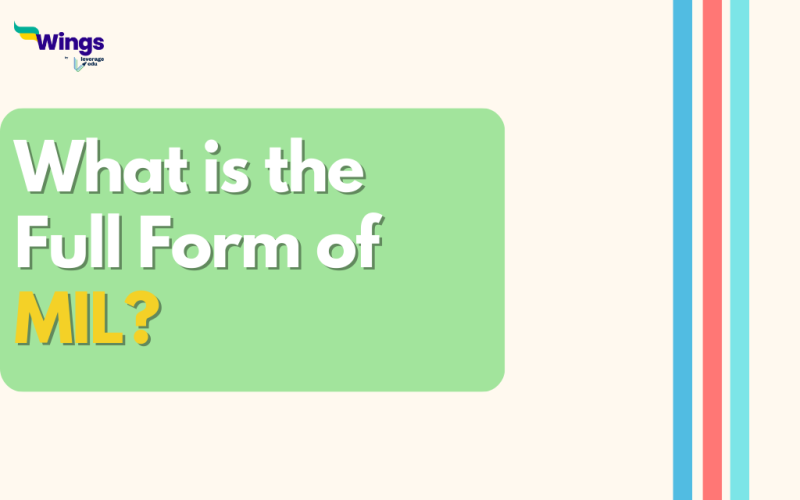The full form of MIL is Modern Indian language. Modern Indian language (MIL) is a word used in India to refer to a number of Indian languages that are used today, with or without official status. Though most Modern Indian languages are also specified in the Eighth Schedule to the Indian Constitution, it is not required that all languages listed in one be listed in the other.
Languages Included in MIL
Table of Contents
The Indo-European, Indo-Aryan, and Dravidian languages make up modern Indian languages. Aside from Indian languages, there are also more languages spoken by people in various parts of India that came from the Austro-Asian and Tibeto-Burman language families.
By the year 1000 A.D., modern Indo-Aryan language vernaculars had emerged from Middle Indian dialects, and by the 12th century, these languages had formed their own literature. As a result, they developed their own identity and status as modern Indian languages.
The primary Indo-Aryan block runs throughout north and central India as a monolithic mass. In addition, there are some minor and quirky languages outside the main block that have no literary significance but are of tremendous linguistic historical relevance. Such are the Dardic languages of the northwestern region, which are both numerous and incredibly old.
Itinerant tribes likely fled India around A.D. 500 or shortly after, bringing the gypsy languages to the Near East and Europe. Outside the main block, the only literary language is Sinhalese, which was brought to the island by people from north India during the reign of Lord Buddha.
Also Read: What is the Full Form of LOA?
Development of MILs
The literary development of these languages occurred at diverse times, with Marathi and Gujarati being among the earliest. The most prominent vernacular is Hindi, the language of the ancient Madhyadesa or midland, which includes the majority of the Gangetic Doab and the neighbouring plain to the Himalayas in the north, beyond Delhi in the west, and nearly as far east as Kanpur.
Among the several Hindi dialects, Kanauji and Bundeli, as well as Braj Bhasha (the language of the Mathura district), have produced literature worthy of the name. Urdu developed in the twelfth century in the soldiers’ barracks (Urdu) in the Delhi neighbourhood, then the centre of Muslim control. It also began to generate literature in the 16th century. It is now commonly used in Northern India. High Hindi is a return to the Upper Doab vernacular, which has not yet been impacted by Persian.
The languages of the nearby regions are closely connected to the midland language: Punjabi in the north-west, Rajasthani and Gujarati in the west, Eastern Pahari or Nepali (the language of Nepal), Central Pahari and Western Pahari in the east. Tulsidas wrote in Eastern Hindi, which is more closely related to the ‘Outer’ languages. The latter include Lahnda (the language of Western Punjab) and Sindhi in the northwest, Marathi in the south, Bihari, Oriya, Bengali, and Assamese in the east. The Maithili language is a Bihari dialect.
Because of the incorporation of so many Sanskrit vocabulary, literary Bengali has varied significantly from the vernacular since the early nineteenth century. Varanasi High Hindi has a similar trend. Dardic or modern Pisaca languages, among which Kashmiri has significant literature, comprise a separate category.
What is the full form of MIL in chat?
The full form of MIL in chat is Mother-in-law. This social media slang is often used to refer to the mother of the spouse.
What does the word mill stand for?
MIL stands for the building provided with machinery for processing and especially for grinding grain into flour.
Popular Full Forms
We hope this blog has helped you understand the MIL Full Form and everything related to it. If you want to know more, find the general full form list on our blog. In the world of short forms, you can rely on the Leverage edu page to know about more important full forms like this! Connect with us study abroad experts to achieve your international dream today!
 One app for all your study abroad needs
One app for all your study abroad needs













